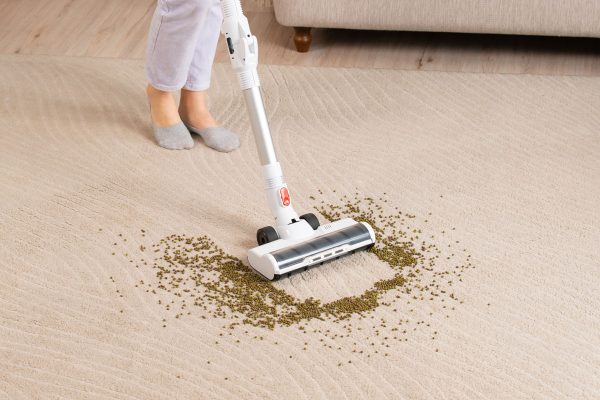It can be incredibly frustrating if your thin-set isn't sticking to your tile. But don't worry - there are ways to fix the issue. Fortunately, we have compiled tips and tricks on how to stick thin-set to tiles.
One of the most common problems when installing tile is that the thin-set doesn't seem to stick. This can be a frustrating experience, but there are a few things you can do to try and remedy the situation.
- Use the Right Type of Thin-set
- Check the Expiration Date
- Ensure Appropriate Pressure in Application
- Allot Enough Time Before Grouting
- Seal the Tile Properly
This blog post will outline some of the most common causes of thin-set not sticking and how to fix them.
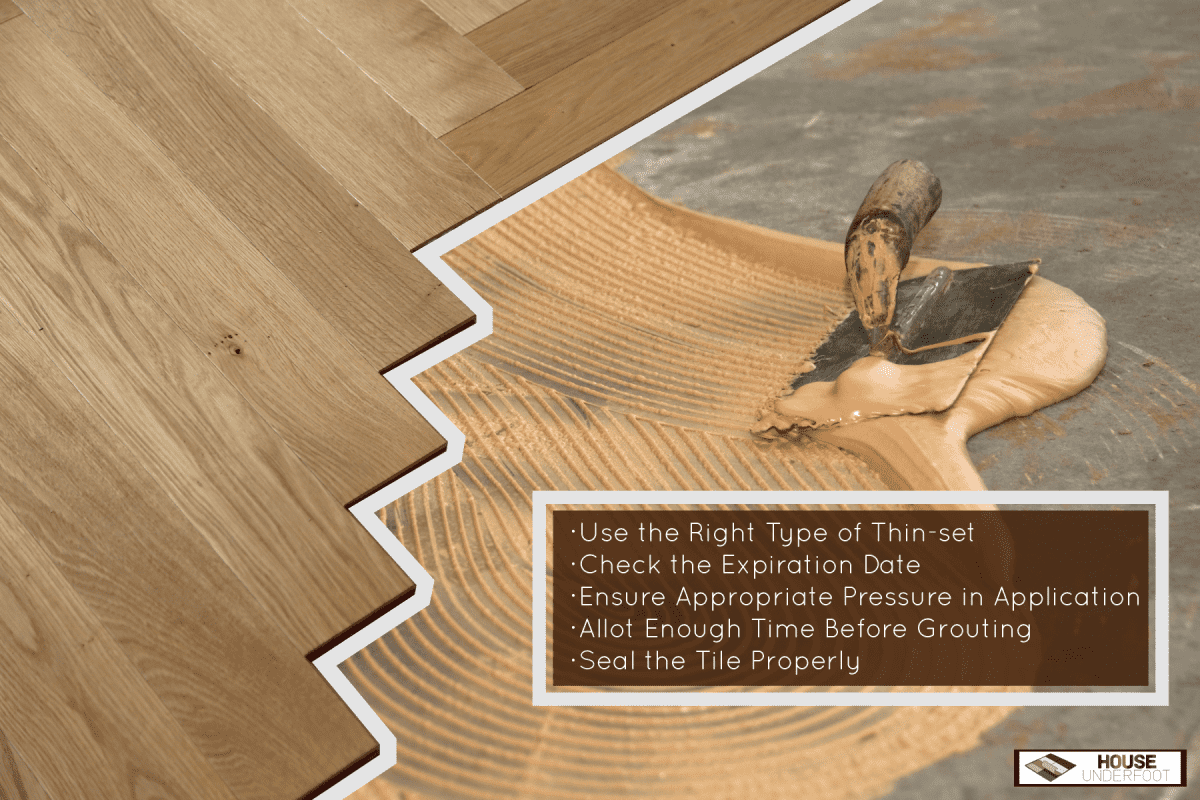
How Do You Fix Thin-set That Hasn’t Stuck to the Tile?
Applying thin-set to tile is vital in ensuring a sturdy, long-lasting bond. However, sometimes the thin-set doesn't stick to the tile properly and can come loose over time.
If you find yourself in this situation, don't despair. The good news is that there are several things you can do to fix it.

1. Use the Right Type of Thin-set
When it comes to tiling, thin-set is an essential ingredient. This mortar-like substance is used to adhere tiles to various surfaces, from walls to floors. However, not all thin-sets are created equal.
Each type of thin-set has its specific properties and uses. As a result, it's essential to choose the right kind of thin-set for your project.
Modified Thin-set
For example, a modified thin-set is ideal for use with ceramic or porcelain tiles. The partial additives in this type of thin-set help increase its bonding strength, making it suitable for areas with a lot of wear and tear.
Unmodified Thin-set
On the other hand, an unmodified thin-set is better suited for natural stone tiles. The lack of additives gives this type of thin-set a longer working time, making it ideal for large projects.
In short, using the correct type of thin-set is crucial for any tiling project. By choosing the suitable thin-set, you can be sure that your tiles will stay in place for years to come.
2. Check the Expiration Date
The expiration date on a box of thin-set is there for a reason. Once thin-set reaches its expiration date, the chemical composition of the thin-set begins to change.
As a result, the thin-set will become less effective at bonding tiles to a surface. Sometimes, it can even cause tiles to fall off the wall or floor. This can be extremely dangerous, especially in areas where people walk or stand.
For this reason, it is always important to check the expiration date before using thin-set. If the thin-set has expired, it is best to discard it and purchase a new batch.
3. Ensure Appropriate Pressure in Application
When applying thin-set to a surface, it is essential to ensure that the pressure is appropriate. Too much pressure can cause the thin-set to squish from under the tiles, resulting in an uneven surface. Too little pressure can allow air pockets to form, weakening the bond between the tile and the surface.
Therefore, it is essential to find the right balance when applying thin-set. The best way to do this is to experiment with different pressures until you find the sweet spot that results in a strong, even bond.
With a little trial and error, you'll be able to achieve professional-looking results every time.
4. Allot Enough Time Before Grouting

It can be a challenge if you've ever tried to grout a tile floor. Not only do you have to be careful not to get the grout all over the place, but you also have to ensure that it sets properly.
One of the most important things to remember when grouting is to allow enough time to dry before starting. This is because thin-set needs time to set before you can grout over it. Otherwise, the grout will simply not adhere properly and eventually loosen.
So if you're planning on tiling a floor, give the thin-set plenty of time to set before starting the grouting. Otherwise, you'll just end up with a big mess.
5. Seal the Tile Properly
When it comes to ceramic tile, there are a lot of options on the market. But no matter what type of tile you choose, if it’s not sealed correctly, it will be vulnerable to water damage. That’s why it’s so important to seal the thin-set properly.
Thin-set combines cement, sand, and water to attach the tile to a surface. It’s also porous, which means that it can absorb water. If the thin-set isn’t properly sealed, water can seep into the pores and cause the tile to loosen or even fall off.
In addition, unsealed thin-set is susceptible to mold and mildew growth. Not only does this look unsightly, but it can also cause respiratory problems for people with allergies or asthma.
By sealing the thin-set, you can help prevent these problems and ensure that your tile lasts for years.
What Could Be the Cause of Thin-set Not Sticking To Tile?
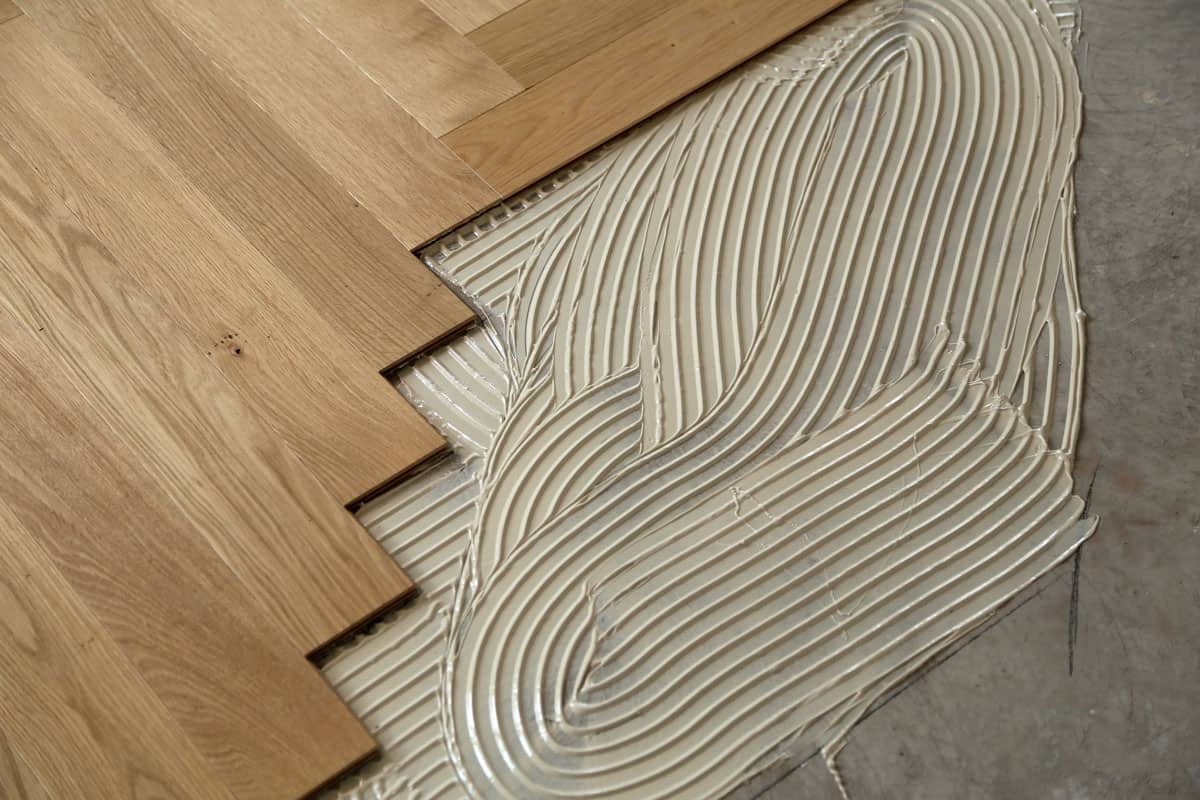
One of the most frustrating things that can happen during a tile installation is when the thin-set doesn't stick to the tile. This can cause delays and added expense as you determine what went wrong.
There are a few different reasons why this may happen, and understanding the cause can help you avoid it in the future. Here are the top six reasons why thin-set may not be sticking to tile:
1. The Surface Inadequately Prepared
One of the reasons why thin-set does not stick to tile is the surface wasn't adequately prepared. The surface should be cleaned before applying the thin-set. Any grease, oil, or wax on the surface will prevent the thin-set from sticking.
2. Tile Too Dry when Thin-set Applied
When a tile is exposed to air, it naturally starts to lose moisture. If the tile is not properly sealed before installation, this process can accelerate, making it difficult for the thin-set to establish a strong bond.
3. The Thin-set was Too Old
Thin-set has a shelf life of around six months, so it might not be as effective if you're using thin-set that's older than that.
4. Tile is Too Smooth
A common issue that can cause thin-set not to stick to the tile is if the tile is too smooth or too dirty. If the tile is too smooth, it won't provide enough surface area for the thin-set to grab onto.
5. Wrong Type of Thin-set
Some are designed for specific types of tile, while others are for general use. If the wrong kind of thin-set is used, it can cause the tiles to come loose over time. In some cases, the thin-set may not even adhere to the tile properly in the first place.
6. Thin-set Not Properly Mixed
However, if the thin-set isn't mixed properly, it may not adhere to the tile correctly. As a result, the tile may come loose, eventually leading to water damage or mold growth.
If you're having trouble getting your thin-set to stick, look at these possible causes and see if you can narrow down the problem. With a bit of troubleshooting, you should be able to get your tile installation back on track.
What Should You Do if the Tiles Start to Come Up after Installing Them?
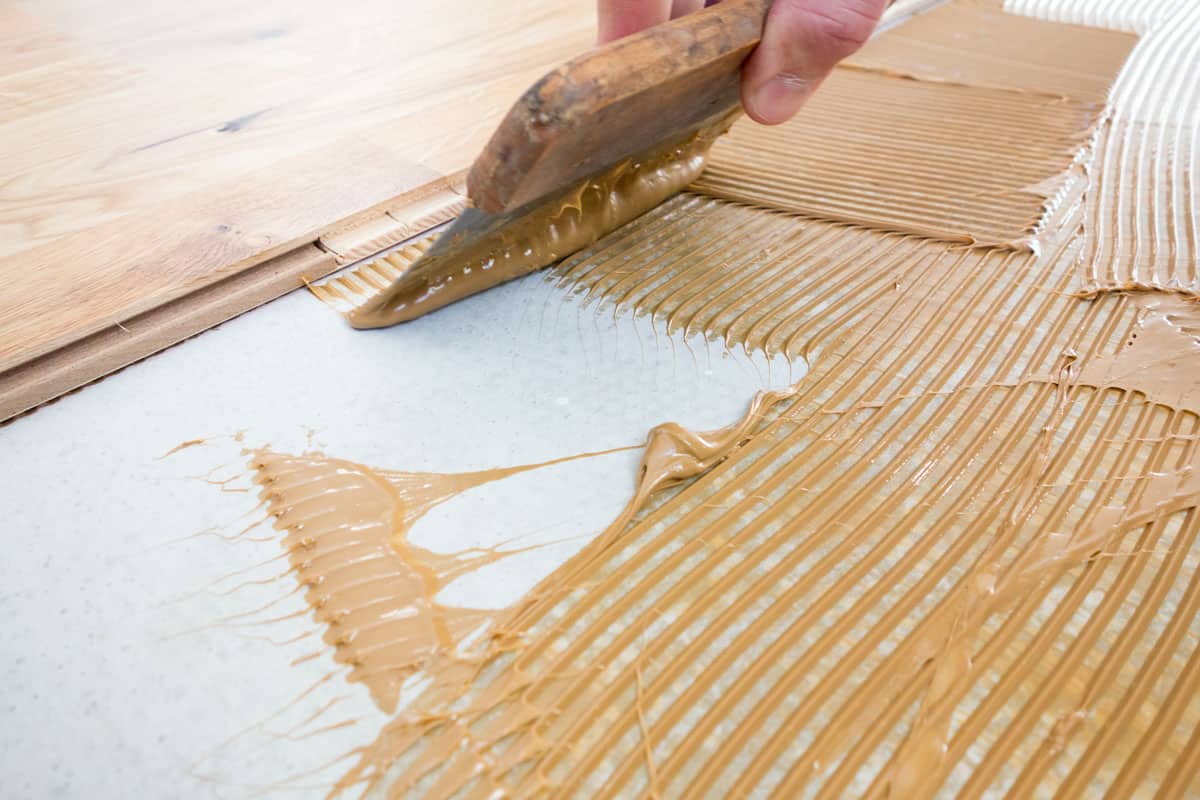
If you notice that the tiles in your newly installed floor are beginning to come up, it's vital to take action immediately.
The first step is to identify the cause of the problem. If the tiles were not correctly adhered to the subfloor, then re-installing them may be the best solution. However, if the issue is with the subfloor itself, you will need to consult a professional to determine the best course of action.
In either case, taking care of the problem as soon as possible is crucial to avoid further damage.
Is It Possible to Use a Different Type of Adhesive if Thin-set Won’t Stick To Tile?
If you're having trouble getting thin-set to stick to your tile, you may wonder if there's a different type of adhesive you can use. The good news is that there are several options available.
One possibility is to use an epoxy-based adhesive. This type of adhesive creates a solid bond, so it's ideal for use with heavier tiles or in areas where there will be a lot of traffic.
See epoxy-based adhesive on Amazon.
Whatever type of adhesive you choose, follow the manufacturer's instructions carefully to ensure the best results.
Conclusion
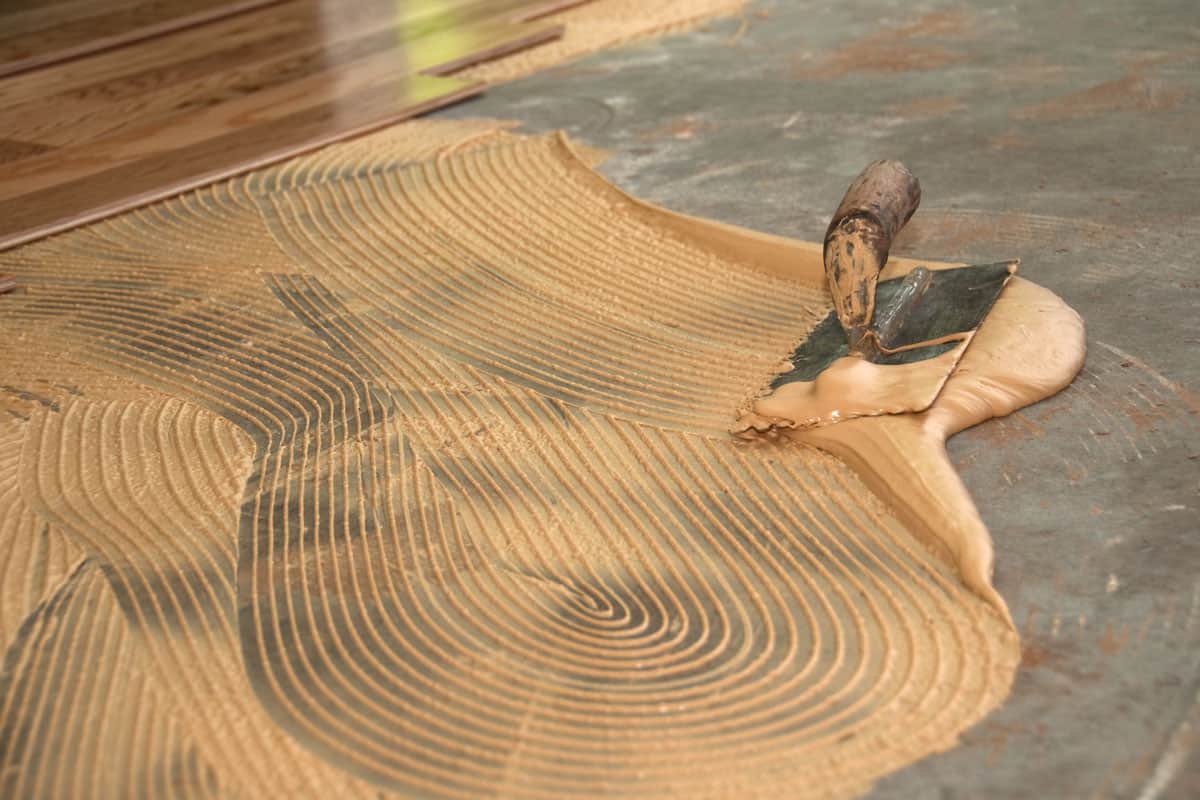
Thin-set not sticking to tiles can be frustrating and cause a lot of wasted time and money. We’ve outlined four tips for ensuring better thin-set adhesion. If you follow these tips, you should be able to get your project back on track in no time!
To get more ideas on proper maintenance of your area, see our posts below:


